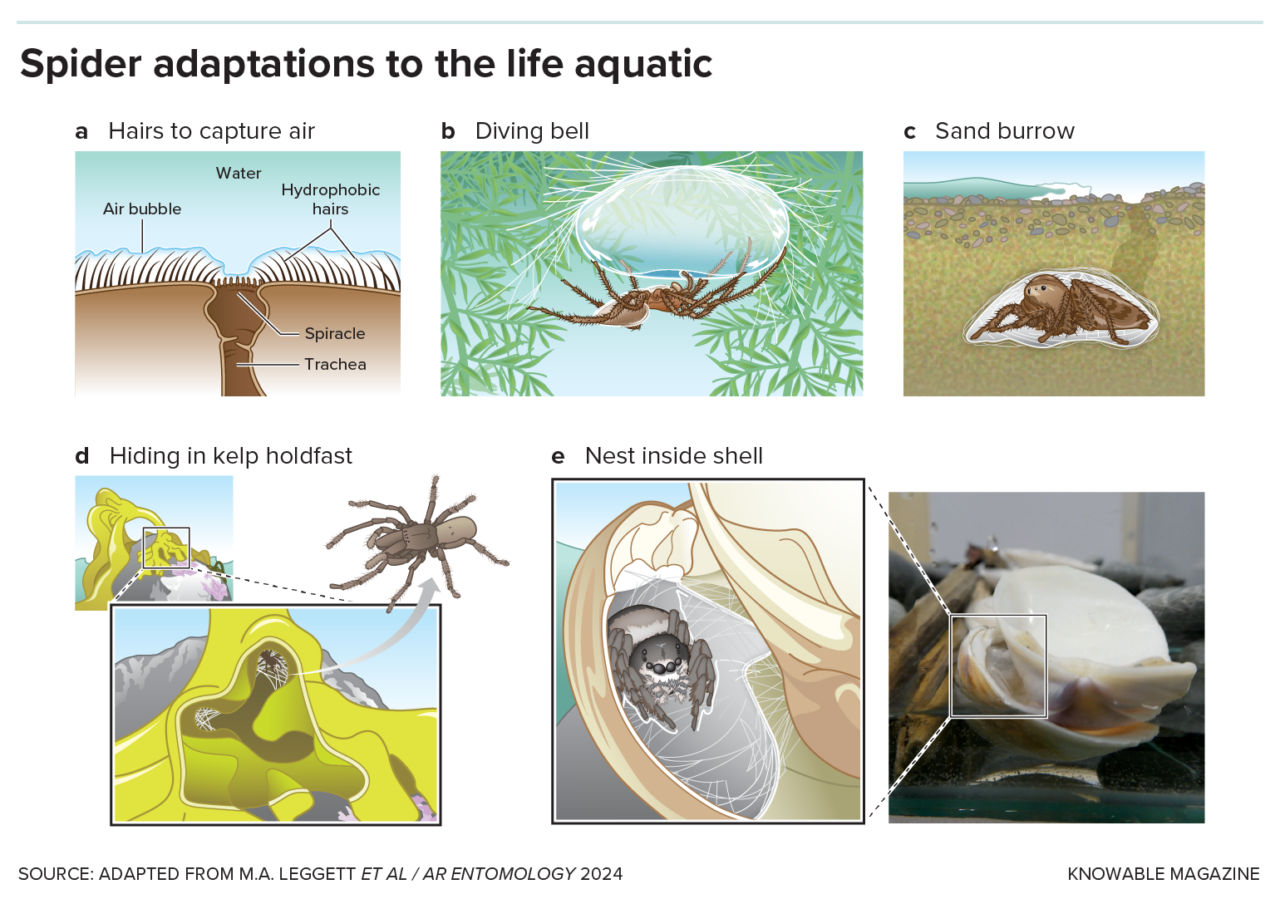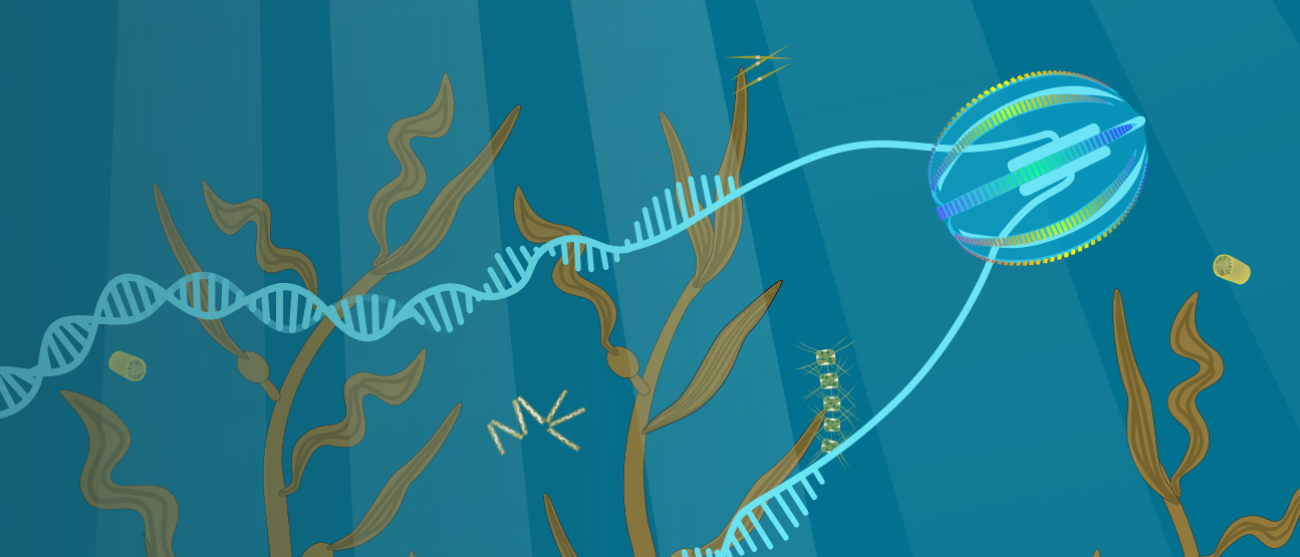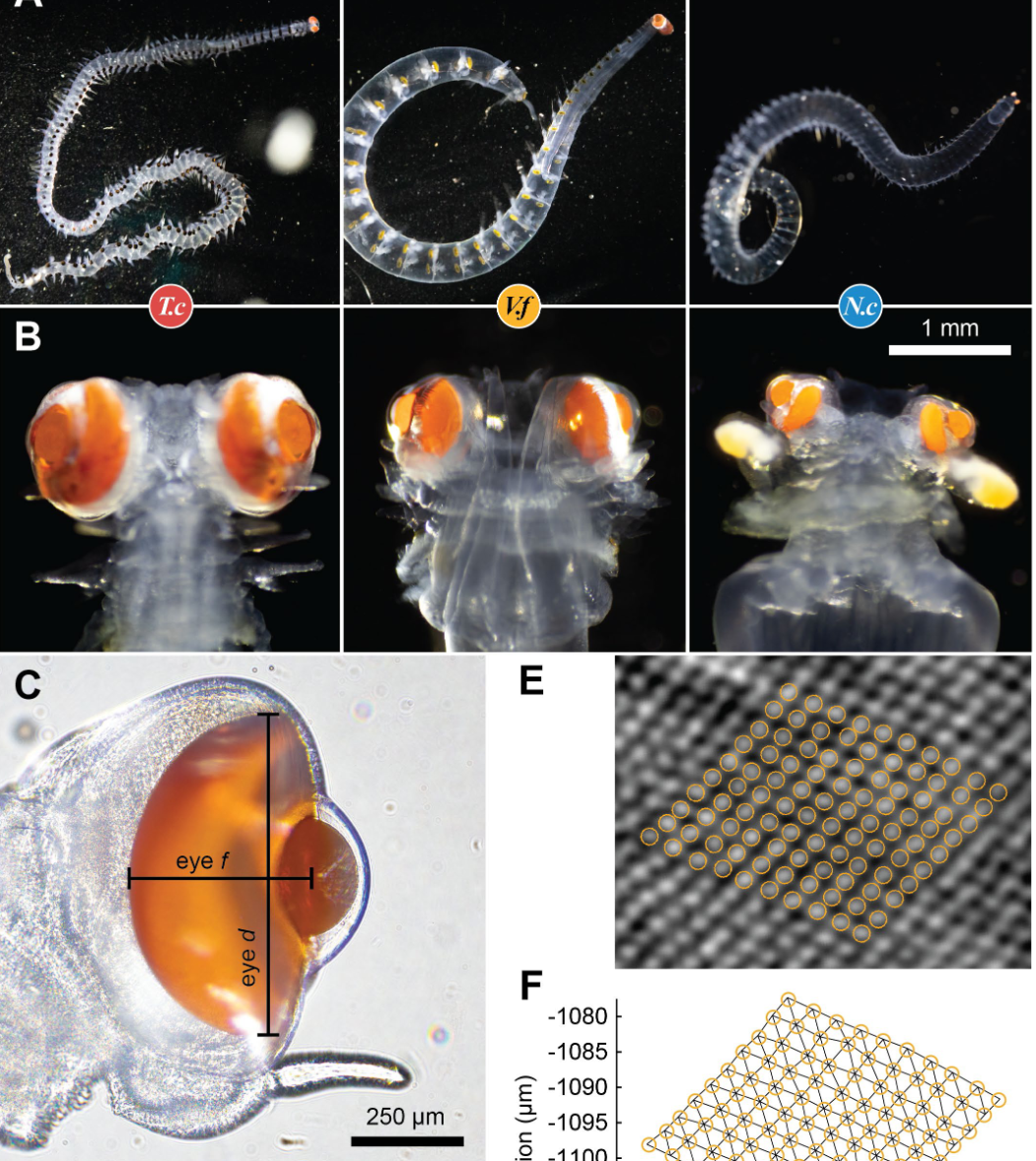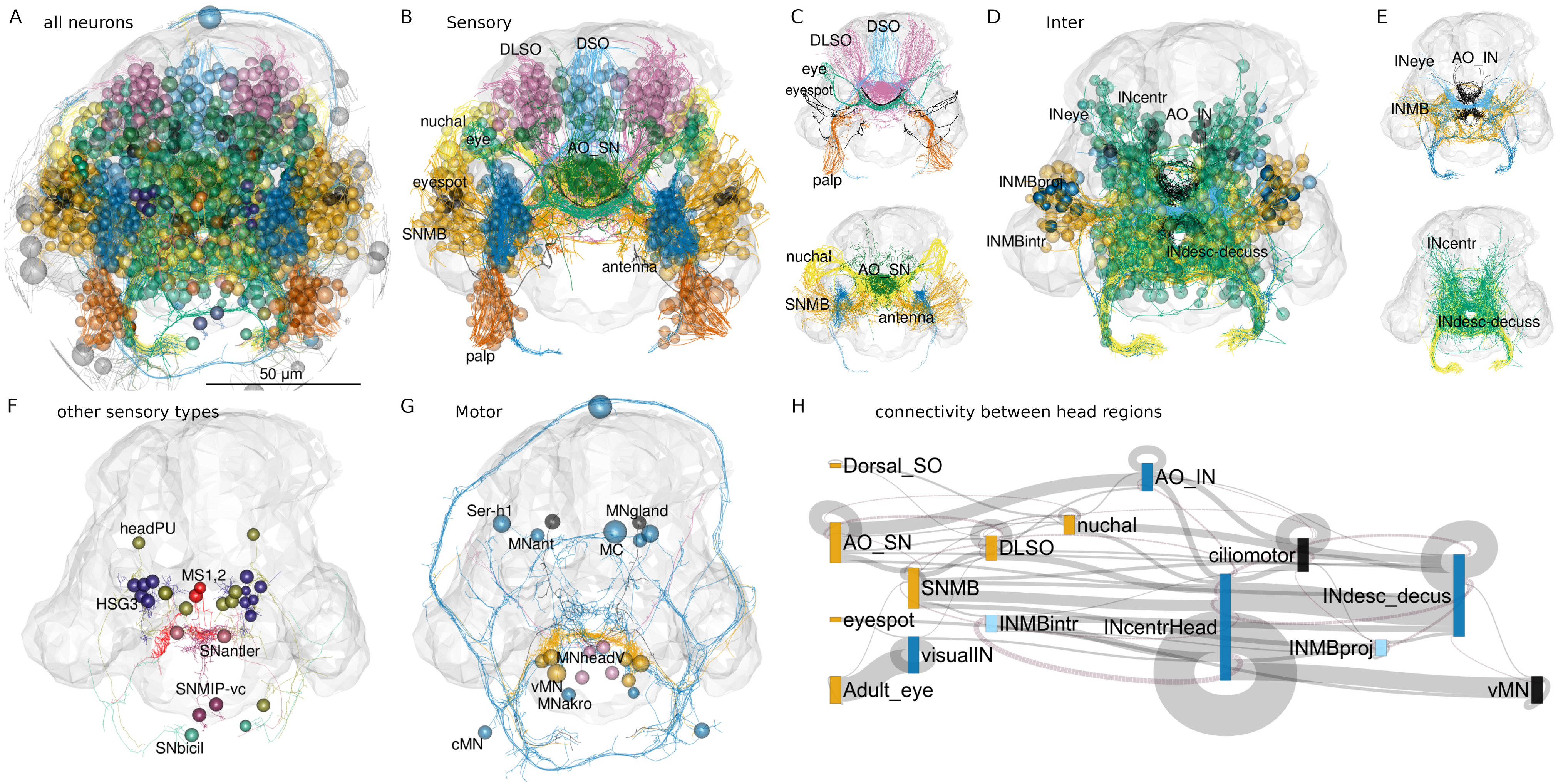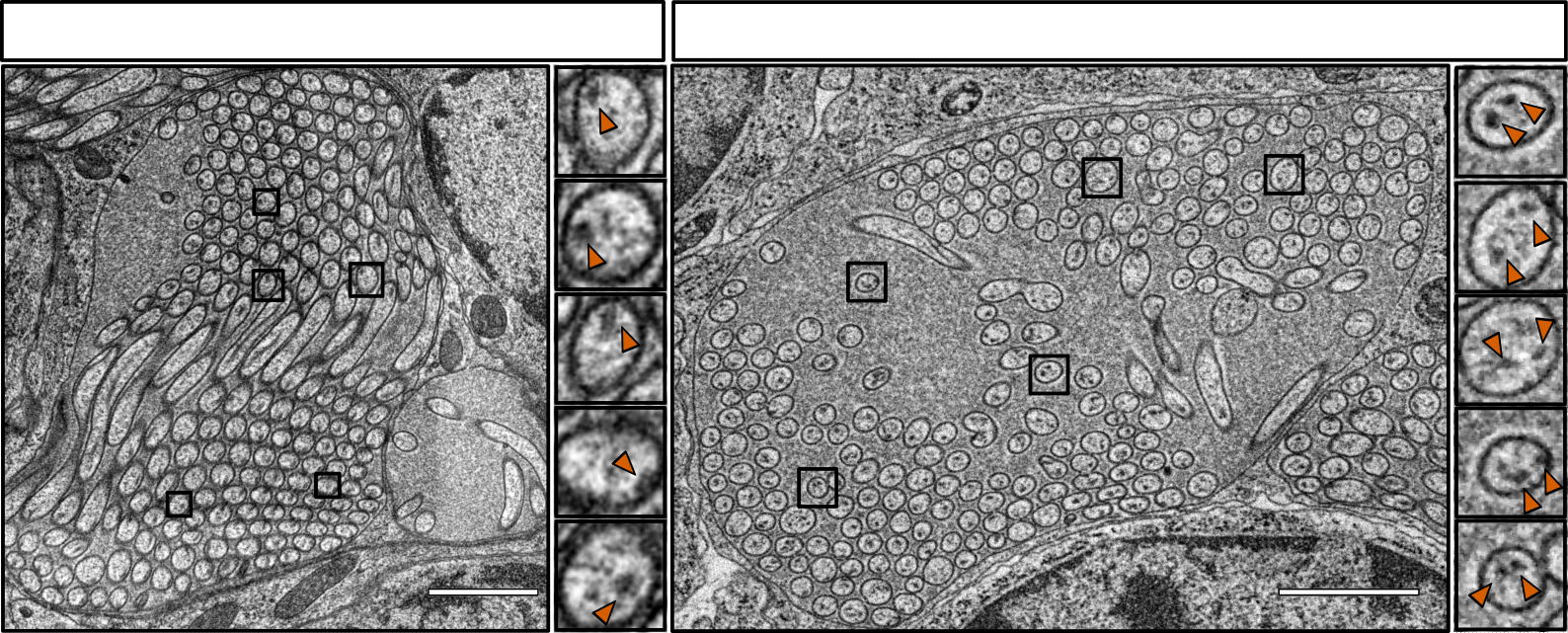Biology
1359 readers
50 users here now
This is a general community to discuss of all things related to biology!
For a more specific community about asking questions to biologists, you can also visit:
founded 2 years ago
MODERATORS
26
28
22
Recently increased prevalence of the human median artery of the forearm: A microevolutionary change
(onlinelibrary.wiley.com)
29
30
31
32
33
34
35
37
38
15
Up in the air: Presence and collection of DNA from air and air conditioner units
(analyticalsciencejournals.onlinelibrary.wiley.com)
39
40
41
42
43
44
45
46
47
48
49
114
Oldest known sex chromosome emerged 248 million years ago in an octopus ancestor
(www.livescience.com)
50

